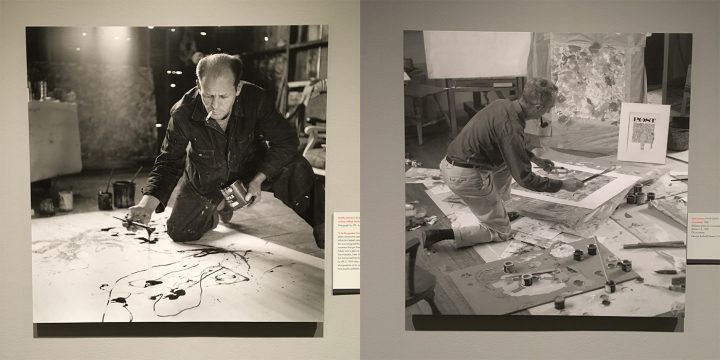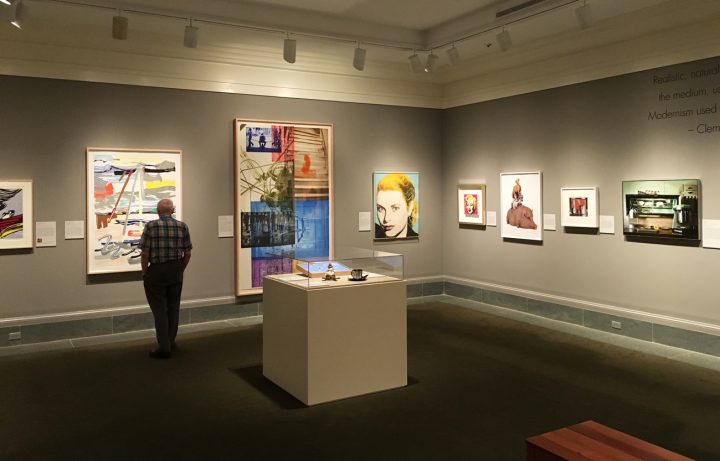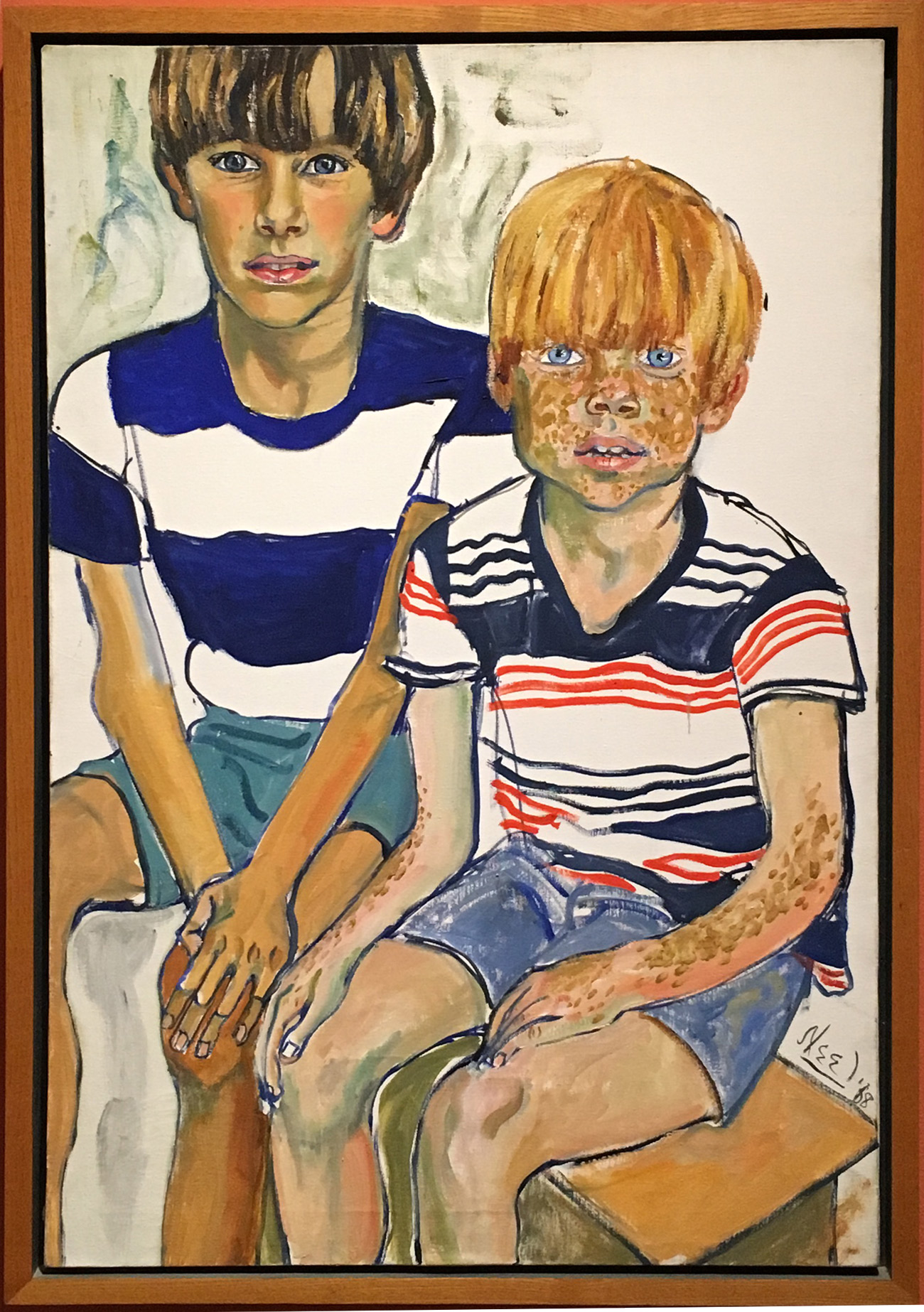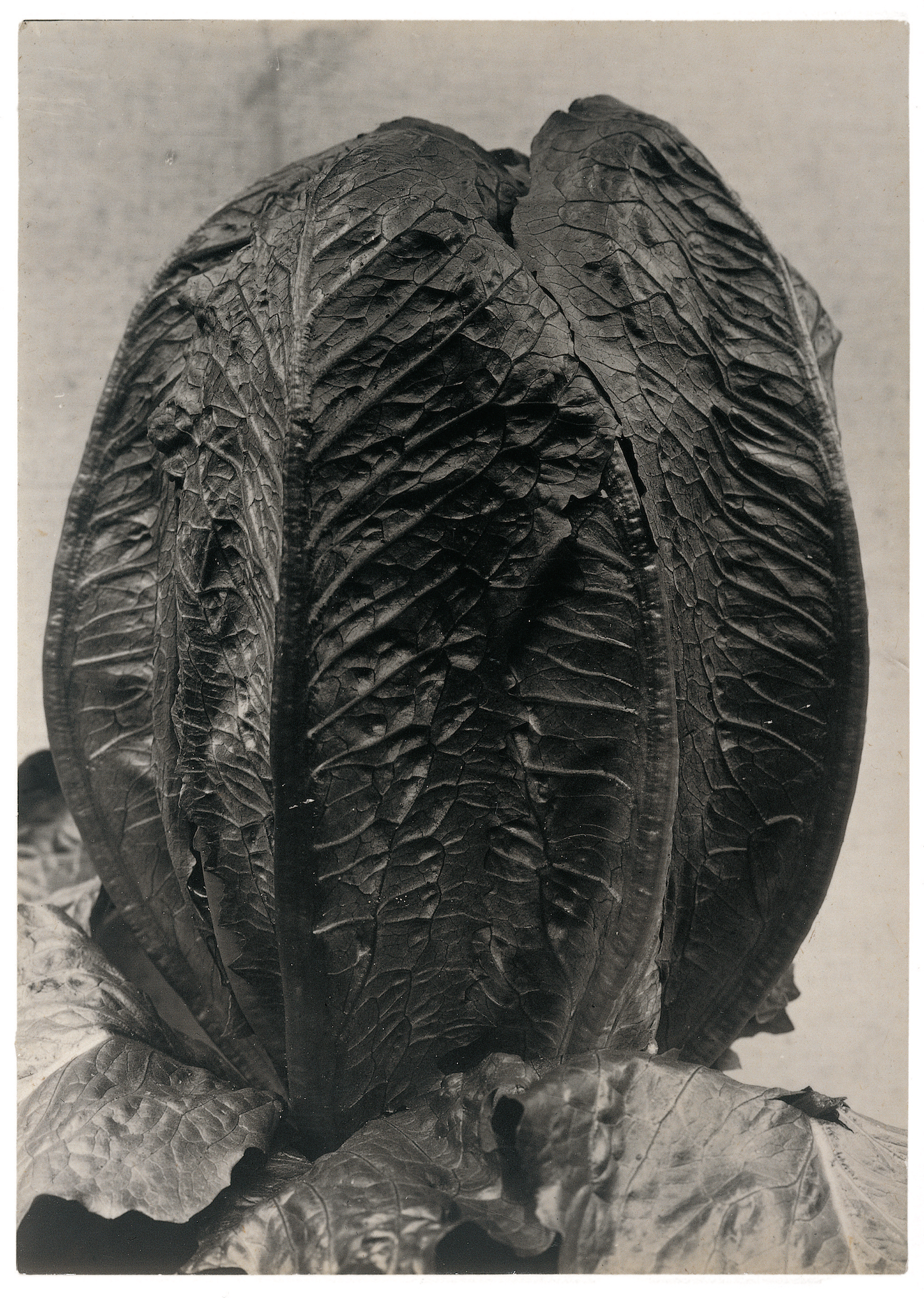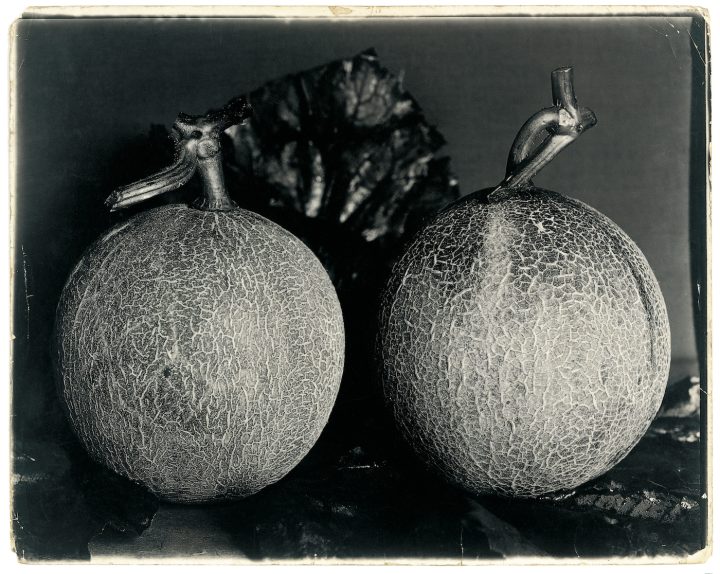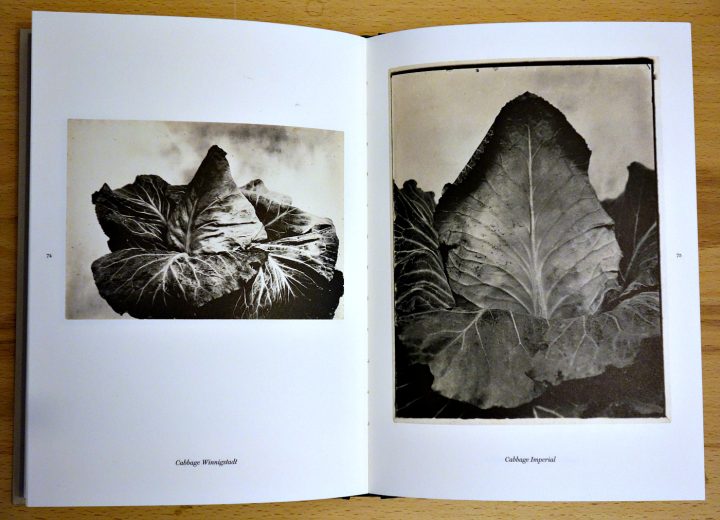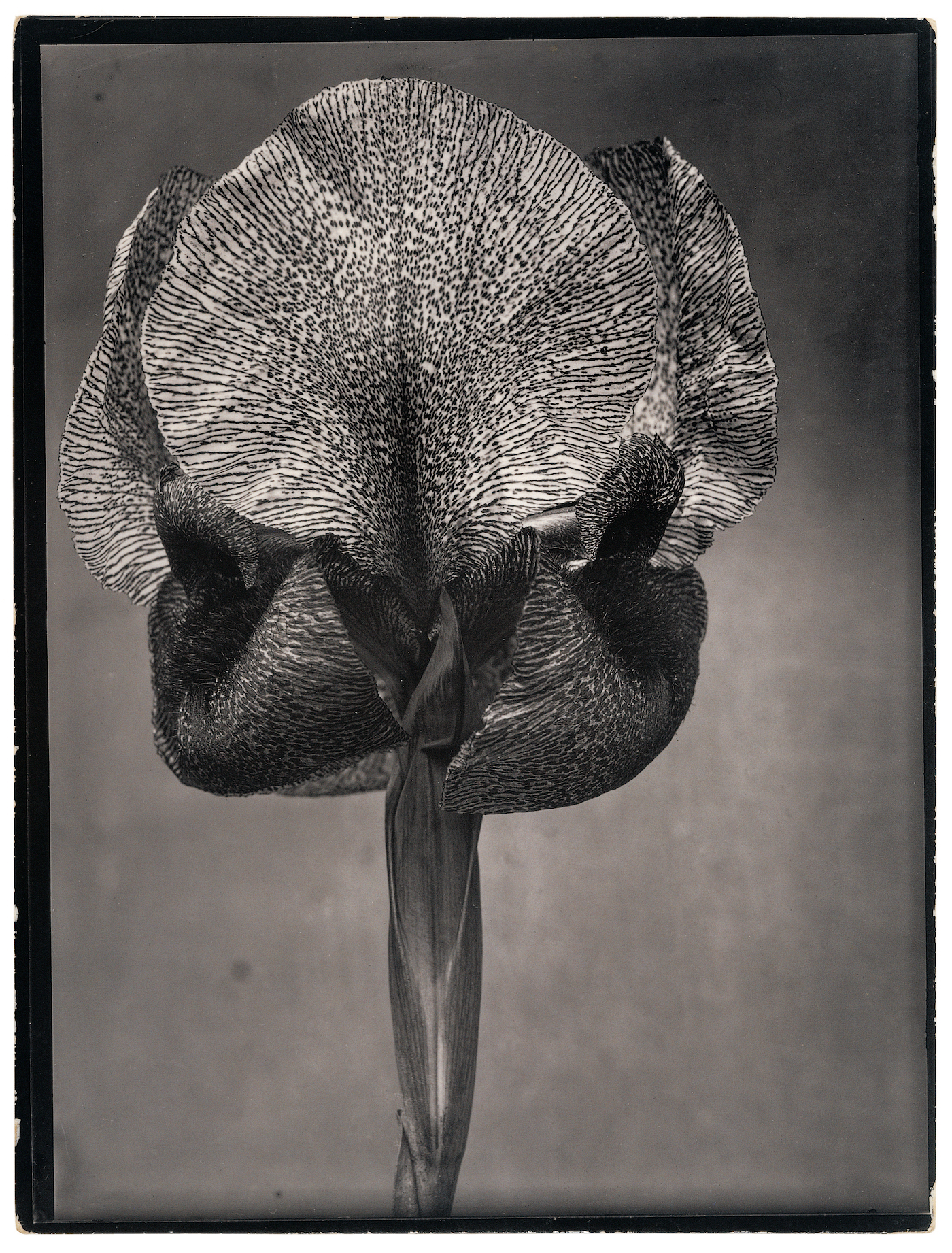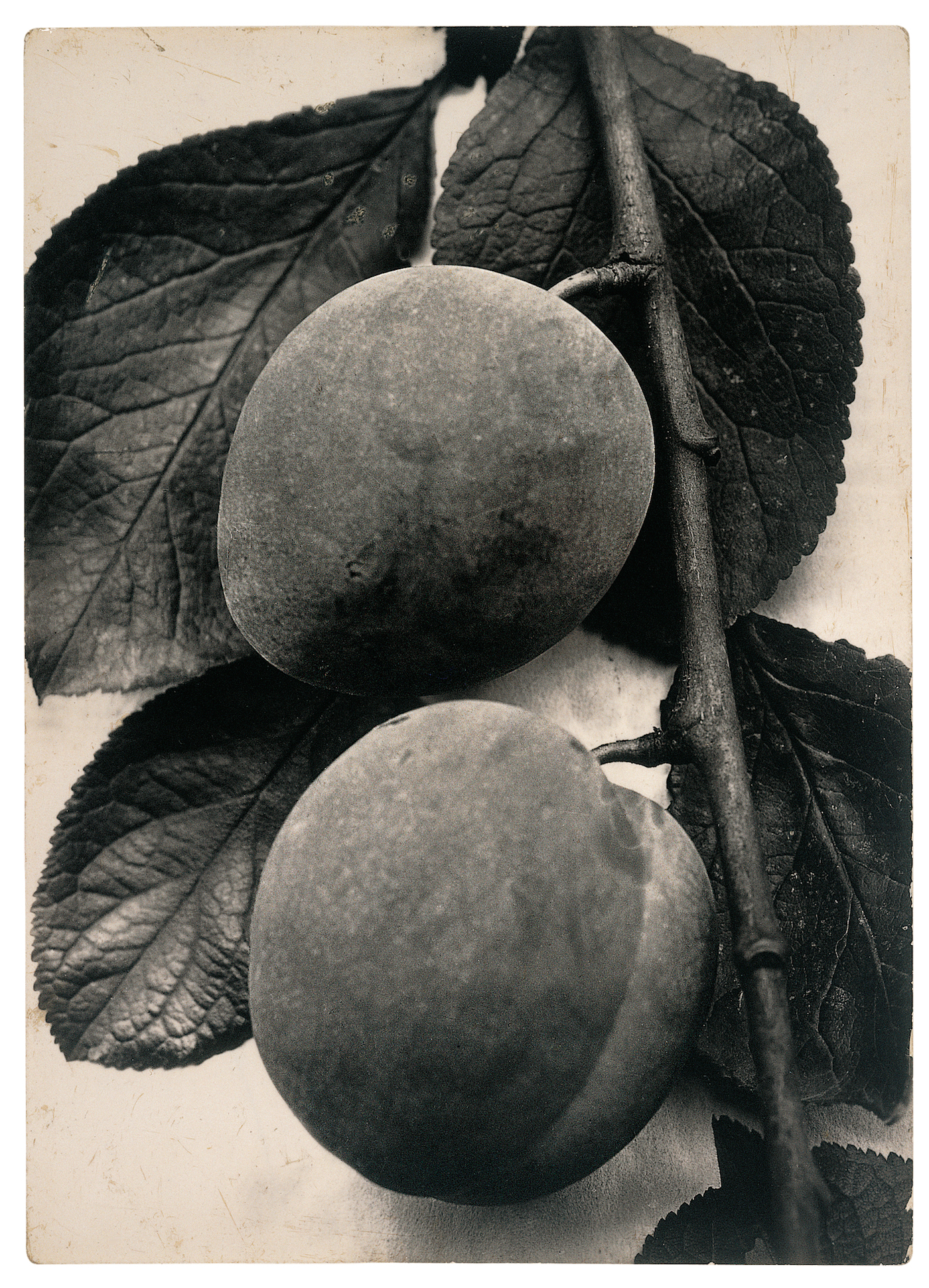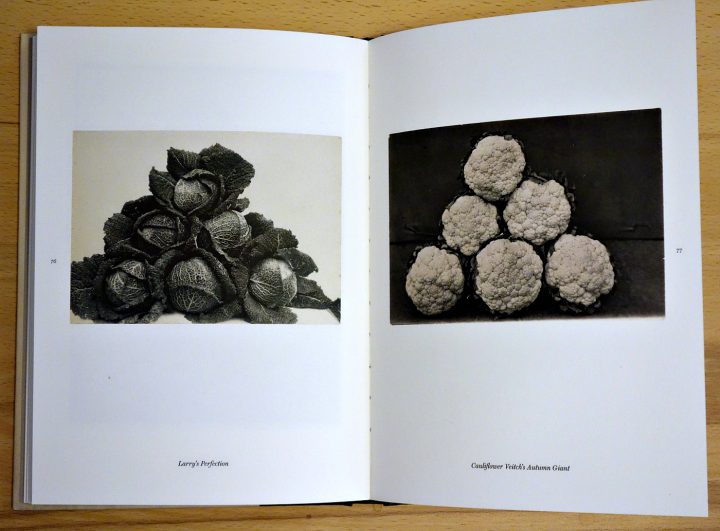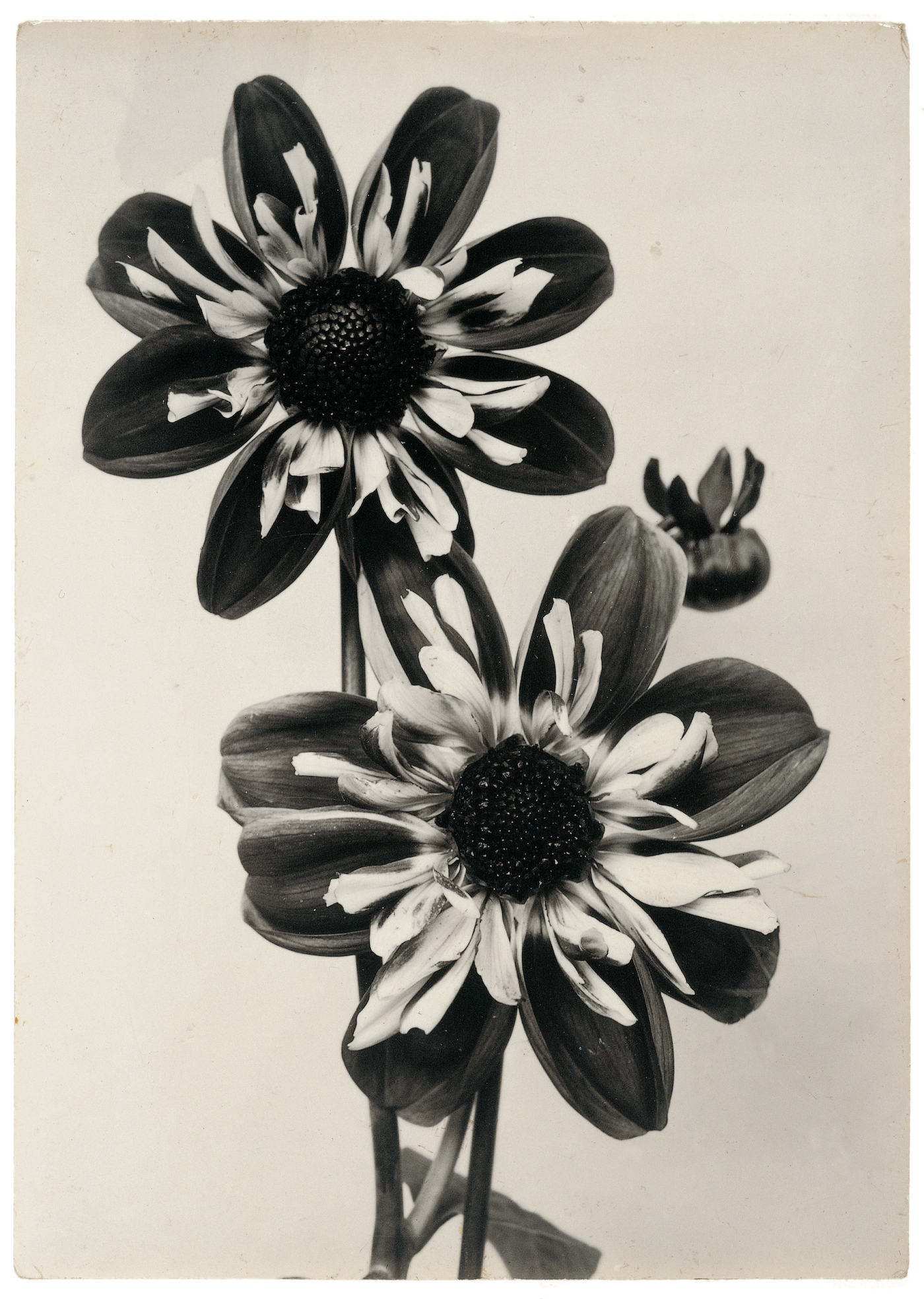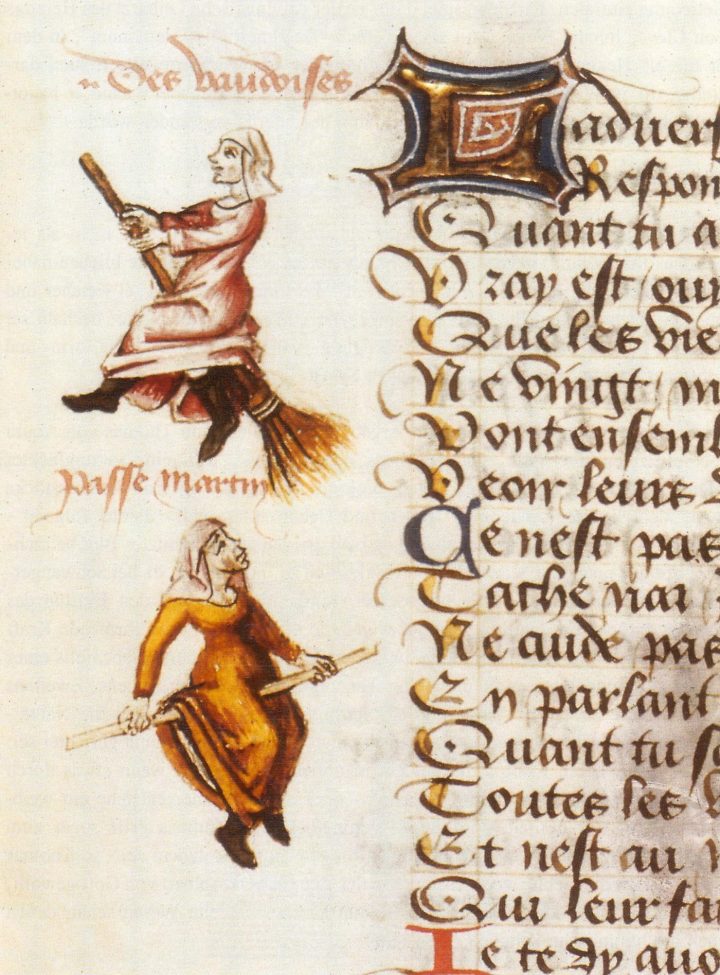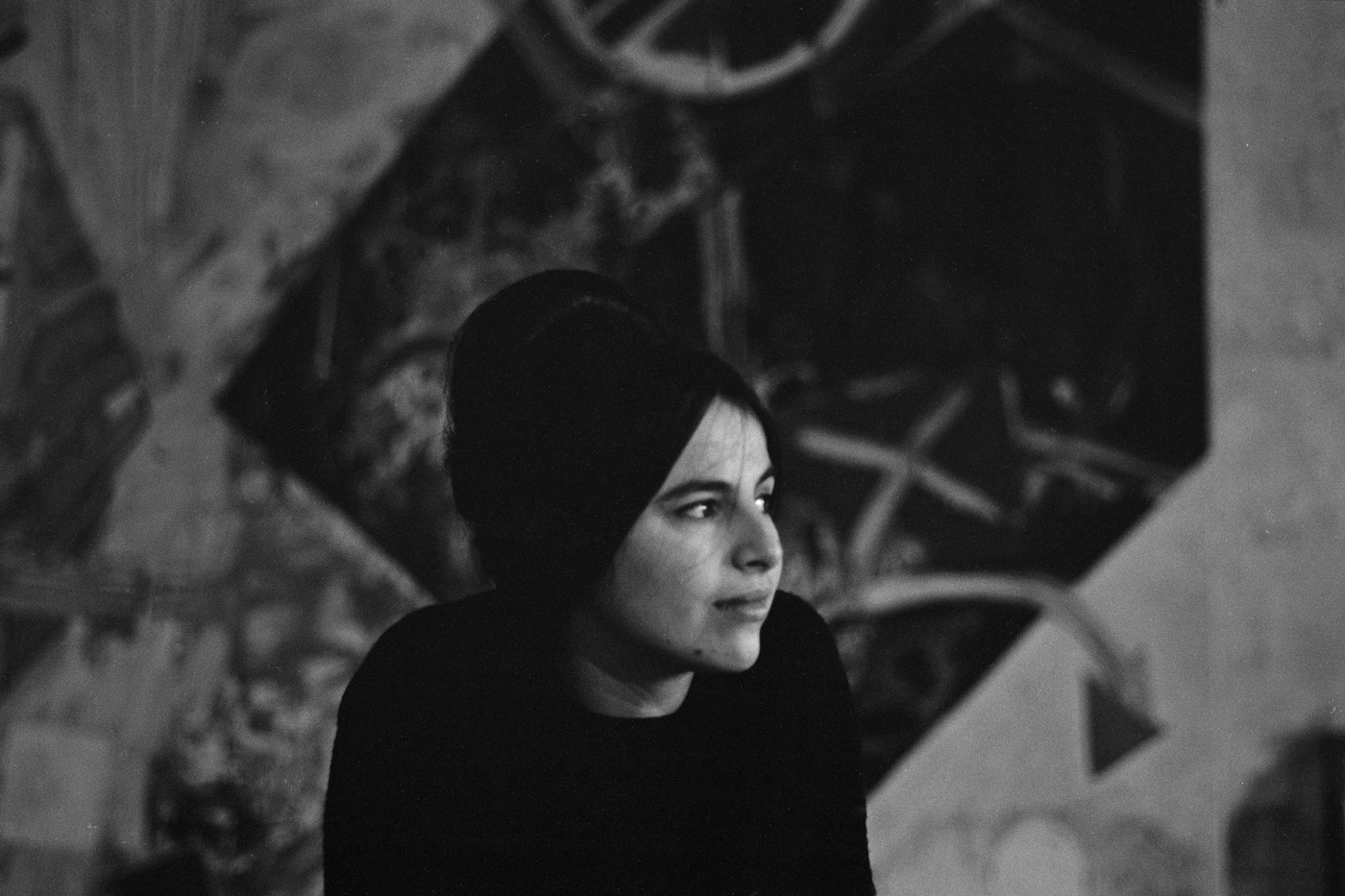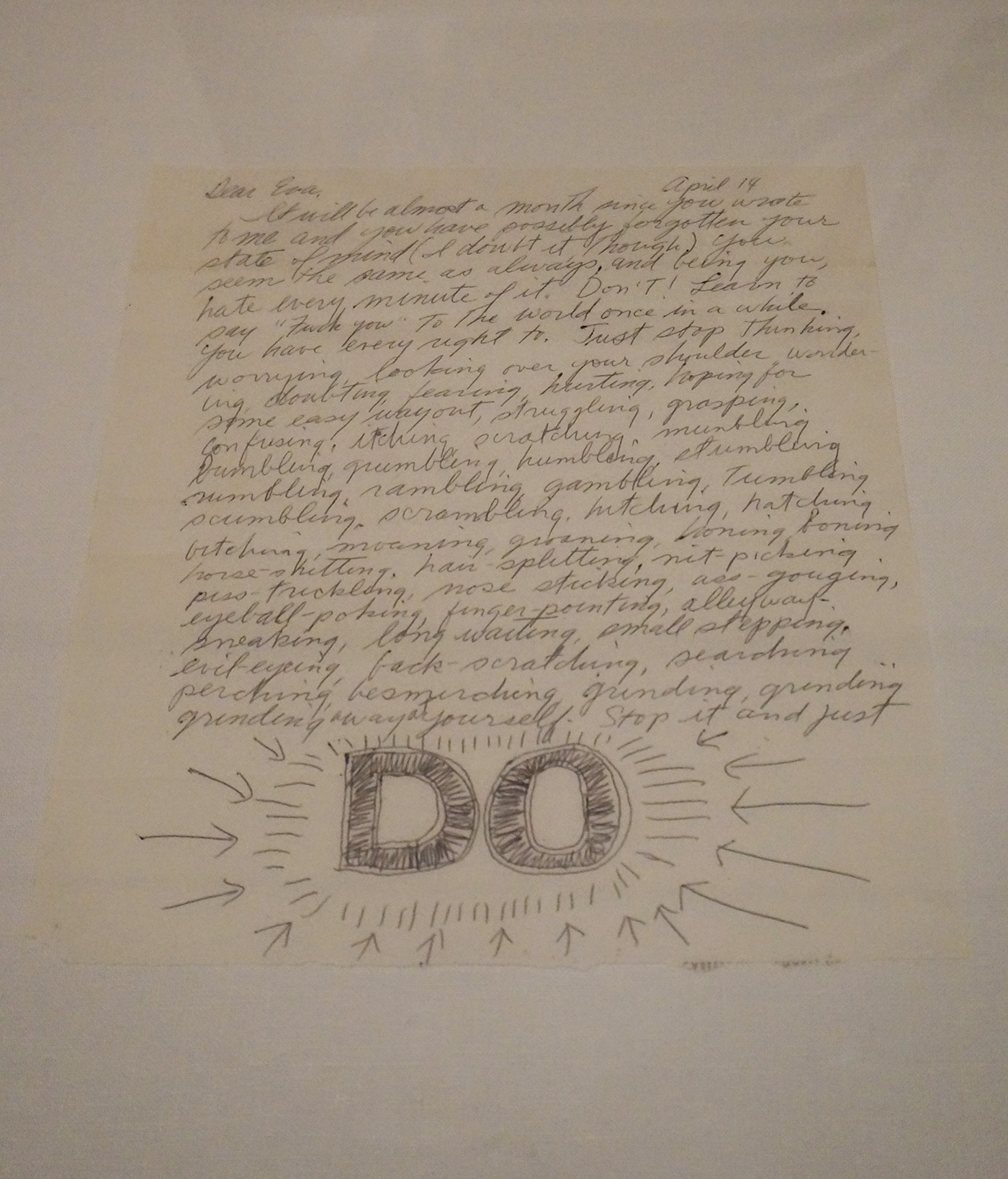Articles
Visiting the Museum of Modern Art at Sunrise
For those who wake up hungry for art, the Museum of Modern Art is opening its doors at 7:30am every Wednesday in October.
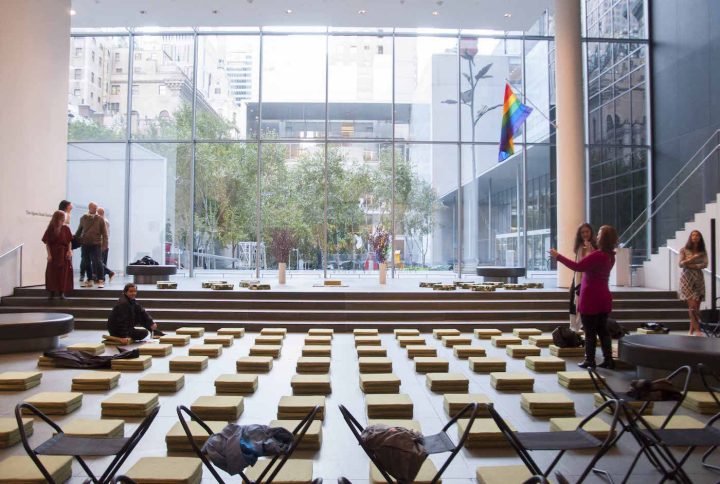
At 7:15am on a Wednesday morning, it occurs to me I’ve never seen the gates open at the Museum of Modern Art before. I am here, with a very obliging friend, for Quiet Mornings,
the museum’s program to open its fourth and fifth floors at 7:30am for
reduced admission every Wednesday in October (a partnership with culture
website Flavorpill). There is an optional meditation session from
8:30am to 9am, and then the museum closes until its regular opening time
of 10:30am.

The smattering of people outside the building is
comprised of more city dwellers than tourists; perhaps these locals are
seeking a break from their usual pre-work routine of coffee and a bagel.
Inside, a wealth of cushions and folding stools are set up on the floor
of the lobby for the meditation later. I remember going to MoMA a few
years ago in hopes of seeing an exhibition and having to wade through
floods of aimless visitors to reach it; this is not the case today. My
friend and I slowly make our way through the fourth floor galleries
showcasing work from the 1960s. It amuses me to enter the first room on
this Quiet Morning and be greeted with the periodic shrieks of John
Whitney’s 1961 video of revolving, brightly colored shapes, “Catalog,” but otherwise MoMA is very quiet. I admire sculptures like Yayoi Kusama’s “Accumulation No. 1” (1962) and Claes Oldenburg’s “Floor Cone” of the same year. Their curving shapes are comforting as the clock approaches 8am.
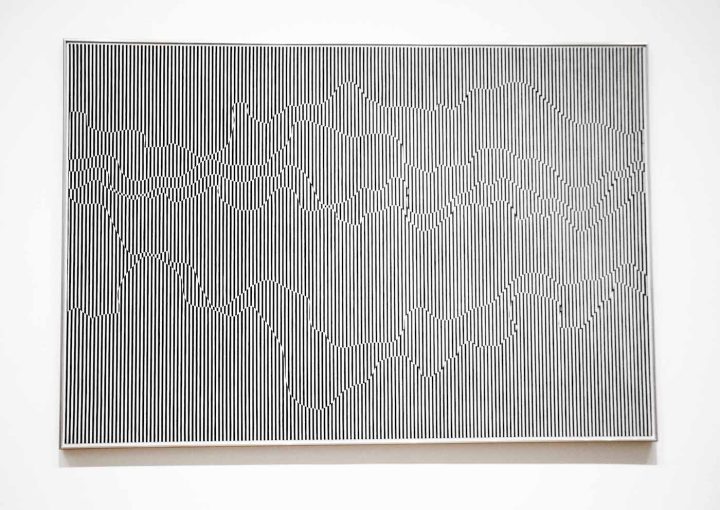
My friend and I come upon Julian Stanczak’s 1963 painting “The Duel,”
an Op art composition in black and white with lines popping
simultaneously toward and away from the eye. “I can’t take this picture
this early in the morning,” my friend says, walking away. While I feel
energized by this particular work, I begin to echo his sentiment as I
approach Paul Thek’s “Hippopotamus Poison” (1965), a wax sculpture meant to evoke rotting meat, and a video of Carolee Schneemann’s 1964 performance piece “Meat Joy,”
in which a series of mostly nude couples writhe together, slapping each
other with various meats and dead fish. Yes, it is much too early for
this, I think.

I am reinvigorated as I enter the 1967 gallery, where
Jefferson Airplane’s “White Rabbit” plays in the background. It’s not
too early for Grace Slick, I think as I peruse the museum’s wall of
neon-colored concert posters from the era. It’s only when I enter the
adjacent gallery filled with 1960s furniture that I realize the sun has
begun to shine outside. Since many of the galleries are shielded from
exterior light, this Quiet Morning at times doesn’t feel like morning at
all, doesn’t feel too different from visiting the museum at any other
time of day — save for the unrelenting caffeine deprivation addling my
brain and eyelids.

At 8:30am we make our way downstairs to the cushions
and stools now filled with people. The lobby is brimming with sunlight
and a guided meditation, led by expert Biet Simkin, begins. She purrs
instructions and the entire crowd shuts its eyes. While I, neurotic
writer that I am, am not often prone to a meaningful pause in mental
activity, my blood begins to buzz, vibrating in response to the
sinuousness of her voice. For once, I don’t think of anything except how
much I love this feeling pulsing through my veins. When the meditation
ends, Biet releases us into the October morning with wishes of positive
energy and self-reflection.
My friend begins chatting to me as we leave MoMA, but
for a while I can’t respond, and don’t want to. I just want to feel my
blood and hear the honk of taxicabs, the roll of tires across pavement,
the buzz of the New York morning.
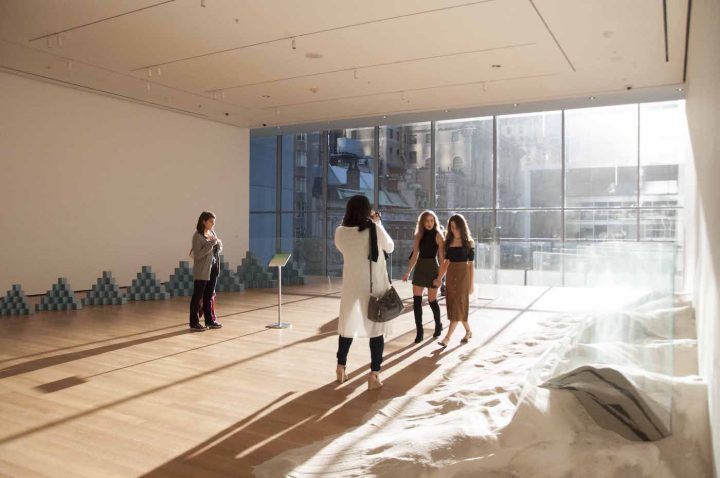
The final Quiet Mornings event takes place Wednesday, October 26 at 7:30am at the Museum of Modern Art (11 West 53rd Street, Midtown, Manhattan).
